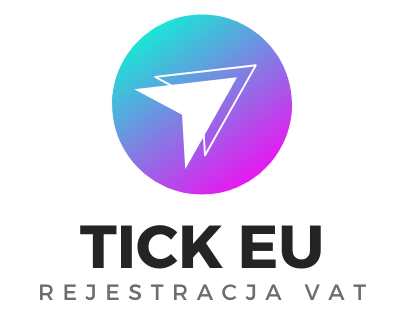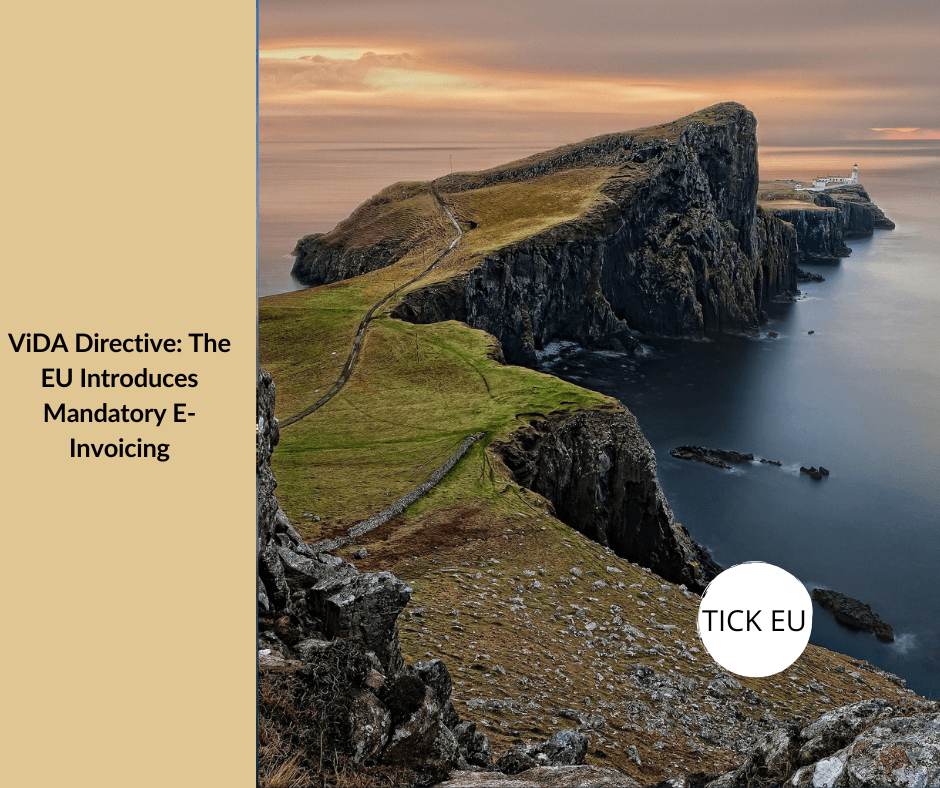ViDA Directive: Digital Revolution in the EU VAT System March 11, 2025, the Council of the European Union officially adopted the ViDA Directive (VAT in the Digital Age), opening a new chapter in the history of VAT. The new regulations aim to simplify tax obligations for businesses operating in international markets, improve tax collection efficiency, and reduce the scale of tax fraud. Starting from September 1, 2026, the transition to mandatory electronic invoicing across the entire European Union will begin. What changes can businesses expect? How should they prepare for the upcoming requirements? Let’s take a look!Key Points:
- ViDA – a new VAT system across the EU
- Simplification, increased efficiency, and fairness
- Three pillars of the ViDA reform
- Implementation schedule
- The impact of the new regulations on businesses
- Conclusions and recommendations
ViDA: A New Unified VAT System in the EU Fighting Tax Fraud One of the main reasons for introducing the ViDA Directive is to address the enormous tax losses. In 2020, EU member states recorded a total of €99 billion in VAT revenue losses, 25% of which resulted from fraud related to intra-EU transactions.Benefits for Administrations and BusinessesThe new system will bring tangible benefits not only to tax administrations but also to businesses:
- It is estimated that the ViDA will help EU countries recover an additional €18 billion in VAT annually.
- Entrepreneurs will benefit from simplified registration procedures, making it easier to conduct international business.
- The new regulations will ensure greater transparency and fairness in the taxation of both traditional and digital economies.
Three Key Pillars of the ViDA Directive
- Digital Declaration and Mandatory E-Invoicing
Starting from July 1, 2030, all B2B transactions within the EU must be documented using e-invoices compliant with the European EN16931 standard. This means:
- E-reporting obligation – businesses will need to transmit tax data in real time to a new unified EU system.
- E-invoicing obligation – simple PDF invoices will no longer be accepted; structured, digital data formats will be required.
As a result, invoicing within the EU will be fully automated and more secure.
- Digital Platform Responsibility for VAT Collection
Starting from January 1, 2030, online platforms (such as marketplaces offering short-term rentals or transport services) will be responsible for collecting and remitting VAT on transactions conducted by users of their services.The so-called “deemed supplier” rule aims to close the tax gap in the rapidly growing platform economy sector.
- Unified VAT Registration System in the EU
Thanks to the expansion of the One Stop Shop (OSS) system, businesses will be able to register in one member state to declare VAT across the entire European Union. Gone are the days of having to register in each country where sales are made.ViDA Implementation Schedule – Key Dates
📅 2025 – Member states may introduce national e-invoicing systems without prior approval from the EU.
📅 January 1, 2027 – Extension of OSS to energy supplies and update of e-commerce rules.
📅 July 1, 2028 – Introduction of OSS for own goods transfers and B2C sales.
📅 January 1, 2030 – Mandatory application of the “deemed supplier” rule for accommodation and transport services.
📅 July 1, 2030 – Mandatory e-invoicing and e-reporting for B2B transactions within the EU.
📅 January 2035 – All national systems must comply with EU e-invoicing standards.
Impact on Business – What You NeedKnow. to Intensification of E-Invoice Exchange. Businesses will need to be ready for:
- Sending and receiving invoices exclusively in electronic format.
- Digitizing the entire procurement process (Procure-to-Pay).
Recommendation: If your company has not yet implemented e-invoicing, now is the best time to start the process.Coexistence of Paper and Electronic InvoicesFor the next few years, paper invoices will still coexist with electronic ones, especially for transactions with non-EU countries. Recommendation: Analyze and adjust your invoicing processes, considering different channels and standards used in third-party countries. The ViDA Directive is a milestone towards full tax harmonization in Europe. Businesses that invest now in digitizing invoicing will gain a competitive edge, experience increased efficiency, and see a much faster return on investment .Don’t wait – start acting today!


